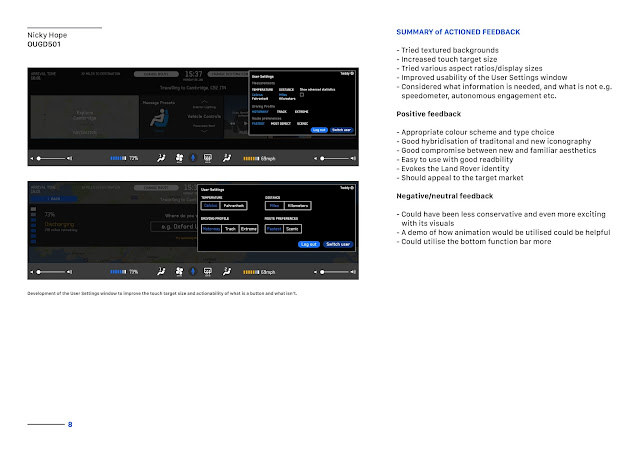Above: Colours used on the top 10 most popular websites
Ioana, A. (2017). Why most people’s favorite color is blue – the peruser – Medium. [online] Available at: https://medium.com/the-peruser/why-most-peoples-favorite-color-is-blue-bd84fc4e4dfb [Accessed 26 Dec. 2017].
As part of a study on gender norms carried out in 2012, University of Maryland sociologist Philip Cohen asked nearly 2,000 men and women what their favourite colour was (Cohen, 2012). Blue turned out to be most popular across the board, followed by green for men and purple for women. ‘Cohen cautioned that he did not survey a random sample of the population, but rather a "convenience sample" of students, faculty and staff at his university, as well as people who heard about the study through social media and link sharing. "However, when I controlled statistically for age, race/ethnicity, education level and student status, the gender pattern was basically unchanged, so that helps increase confidence that the result is not too heavily skewed by who I sampled," Cohen told.’ (Wolchover, 2011).
'Of course, blue gets used a lot on the internet because we’re not biased towards understanding something particular out of it (like how red shows errors or yellow important bits). Essentially, blue is the color of clear communication, and this is due in no small part to how almost everybody can recognise it — as even color blind people can see it well enough without much effort. What’s more, blue shows up as being one of the best selling color shades for interior design and architecture, and has become a color associated with political liberalism, Christianity and even modern corporate culture — all things that have spread worldwide in recent history, and have gone into warp-drive with the advent of the internet.'

















































